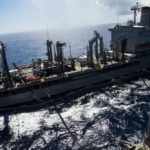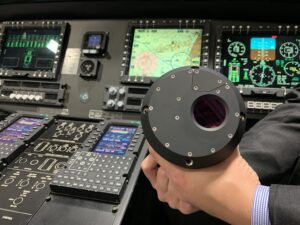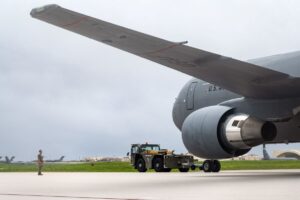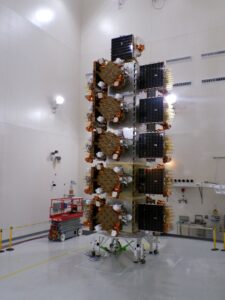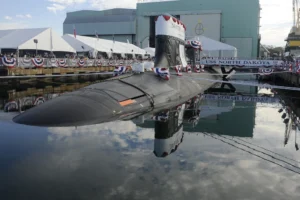
The House Armed Services Committee’s (HASC) initial draft of the fiscal year 2025 National Defense Authorization Bill (NDAA) added $1 billion to find a second Virginia-class attack submarine (SSN), seemingly balanced by zeroing out the delayed Constellation-class frigate. According to funding tables for the NDAA, which will not appropriate the funds, the committee added $1 billion for one more SSN on top of the $3.6 billion requested for one submarine plus other advanced procurement funds. However, the funding tables also…

 By
By 


